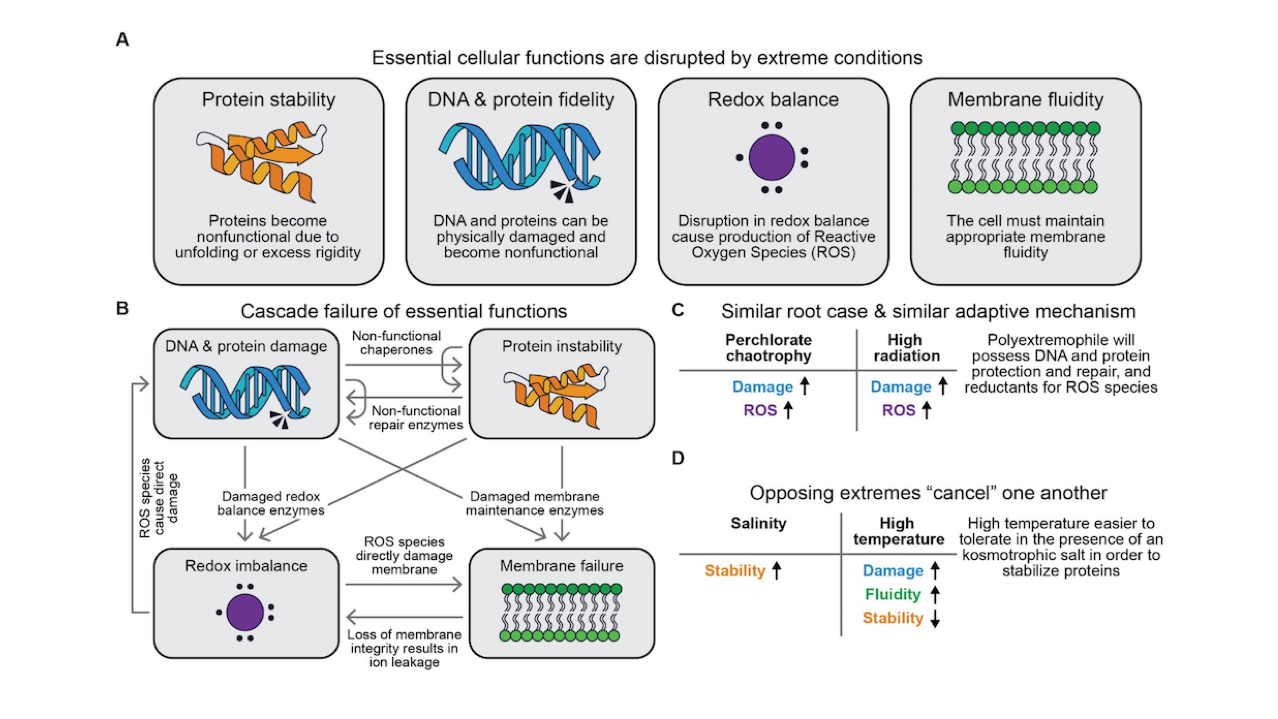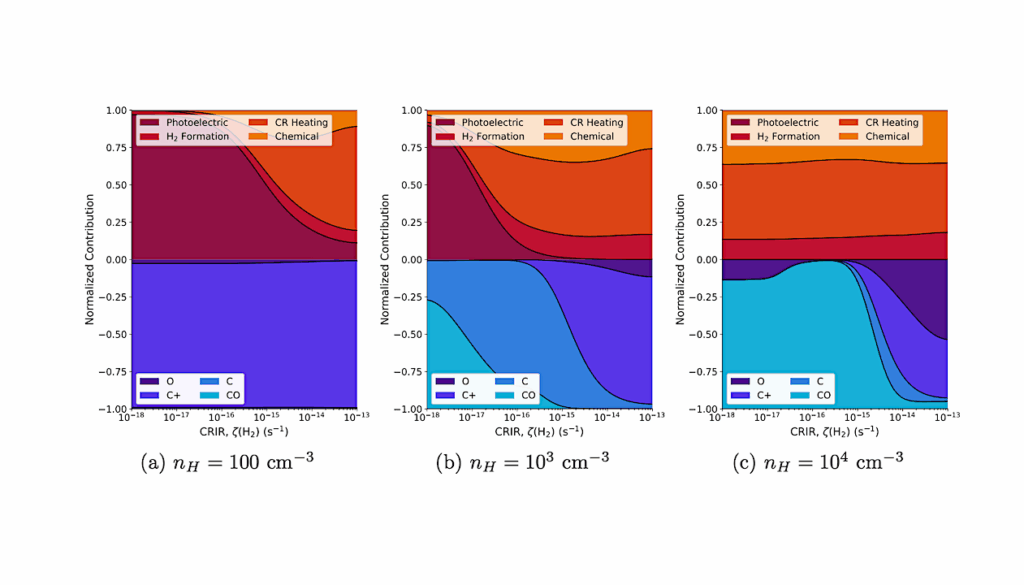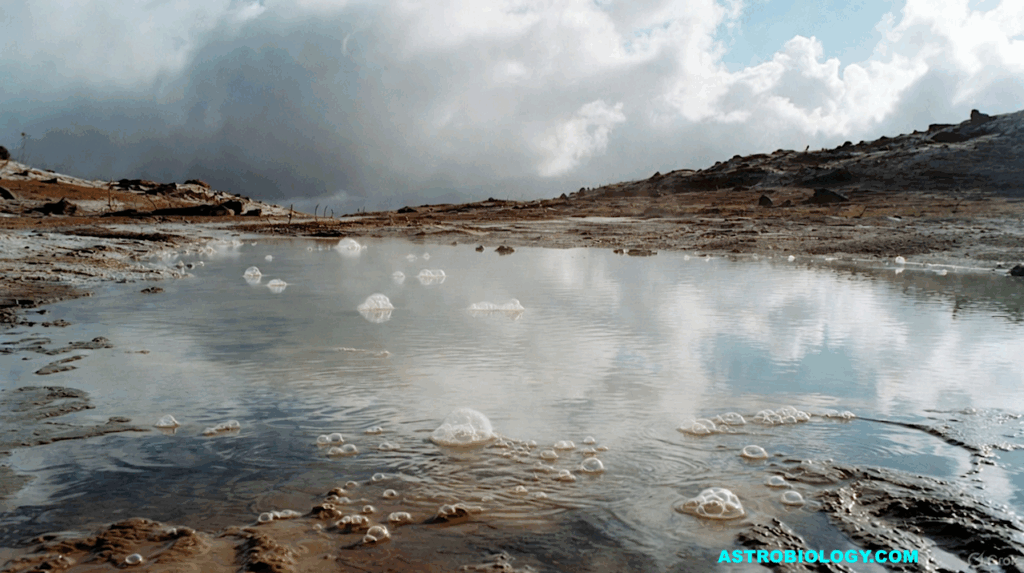Polyextremophile Engineering: A Review Of Organisms That Push The Limits Of Life

Nature exhibits an enormous diversity of organisms that thrive in extreme environments. From snow algae that reproduce at sub-zero temperatures to radiotrophic fungi that thrive in nuclear radiation at Chernobyl, extreme organisms raise many questions about the limits of life.
Is there any environment where life could not “find a way”? Although many individual extremophilic organisms have been identified and studied, there remain outstanding questions about the limits of life and the extent to which extreme properties can be enhanced, combined or transferred to new organisms. In this review, we compile the current knowledge on the bioengineering of extremophile microbes.
We summarize what is known about the basic mechanisms of extreme adaptations, compile synthetic biology’s efforts to engineer extremophile organisms beyond what is found in nature, and highlight which adaptations can be combined. The basic science of extremophiles can be applied to engineered organisms tailored to specific biomanufacturing needs, such as growth in high temperatures or in the presence of unusual solvents.
Introduction
Extremophilic microbes have long been studied in hopes of better understanding the origin and limits of life. Extremophile biology is also relevant to biomanufacturing (Ye et al., 2023), where large-scale growth occurs in non-natural, extreme chemical conditions ranging from the use of toxic waste streams as feedstocks to the intentional production of toxic chemicals like butane.
The space science community hopes to push the capabilities of biomanufacturing even further for in situ resource utilization (ISRU) (Cockell, 2022), especially on human missions to the moon, Mars, and beyond. This will require microbes that are well adapted to chemically unusual feedstocks derived in part from highly oxidized Moon regolith or perchlorate-containing Mars regolith.
A microbe that can thrive, growing and metabolizing at high rates, in extreme bioprocessing conditions can enable robust, high-yield, and low-cost synthesis of biological products. We aim to not just understand the basic science of extremophile biology, but also how that basic science supports current and future extremophilic bioengineering.
Polyextremophile engineering: a review of organisms that push the limits of life, Frontiers In Microbiology (open access)
astrobiology








